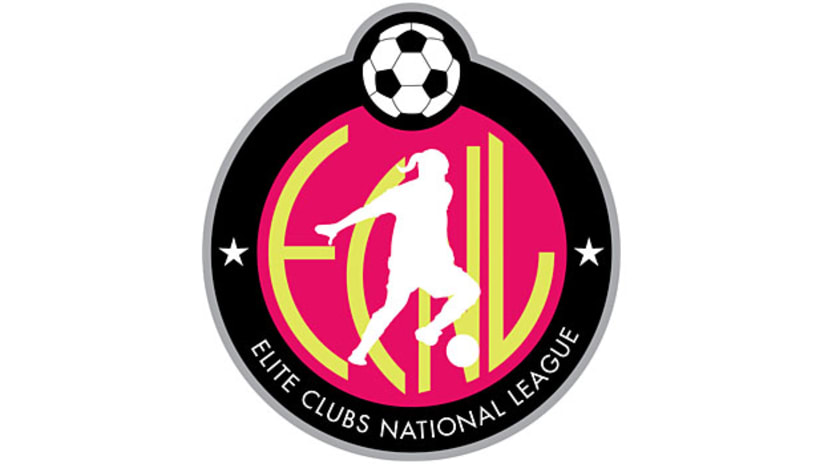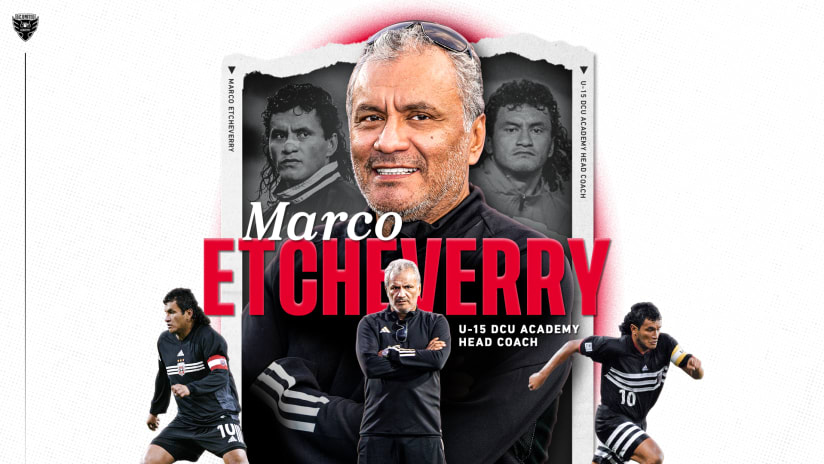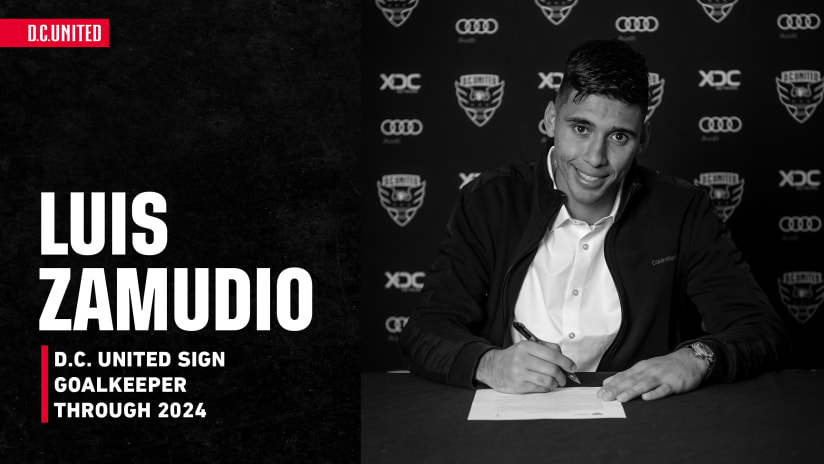AUTHOR'S NOTE: The Soccer Wire recently held wide-ranging conversations with several of the Elite Clubs National League's most prominent coaches and executives. This is the first installment in a three-part series profiling the ambitious league.
Formed just three years ago to give top girls’ club programs more high-level competition and quality versus quantity in games, the Elite Clubs National League is already, in some ways, “light years ahead” of where its organizers thought it would be when it started.
The challenge, according to ECNL president Christian Lavers, is how to continue to grow and improve the league in programming and platforms without diminishing the quality of the play, or reducing the high-level impact on the elite player.
Lavers, along with Douglas Bracken and Jason Dewhurst, sat down recently with The Soccer Wire to talk about the league’s growth and the challenges that lie ahead. Lavers is an attorney who also serves as FC Milwaukee’s technical director and ECNL director, and executive vice president at U.S. Club Soccer. Bracken is ECNL vice president and director of coaching for Ohio Elite Soccer Academy, and Dewhurst is ECNL secretary and director of coaching for FC Stars of Massachusetts.
ECNL, a nationwide league sanctioned through U.S. Club Soccer which now counts 66 member clubs, came about in earnest from a meeting of the minds with Lavers and Bracken at the 2009 NSCAA Convention in St. Louis after meetings about the previous Red Bull National League, which Bracken said had stagnated.
That project started with 12 clubs initially, and grew to include 32 top clubs, with boys and girls teams playing each other at showcase tournaments. But meetings about the direction of Red Bull were not providing clear direction or ideas for the future, according to Bracken, and several of the leading coaches on the project were disappointed with its limited scope.
“We were thinking about where we should go, what we should do,” Bracken said. "We left that meeting, I would say, fairly frustrated with the direction and what we were going to do.”
Said Lavers: “To be fair, Red Bull was a good idea, and it got us to a certain point, but there was nobody that was saying, ‘How do we organize this? How do we take some steps forward? How do we make this bigger? How do we make this better? How do we actually make this something that means more than it does than just a couple of games, which is really what it was?’”
Bracken said they pulled together some people and clubs in the Midwest to hash out the ECNL structure, which was done over a six-week period of conference calls, with he and Lavers putting things down on paper to form the league’s structure.
“When we say structure, we’re talking about, ‘How do we have a group of clubs competing in a national competition that matters, that’s going to provide good exposure for the kids and that’s going to be a platform and a basis for bigger things down the road?'" Lavers said.
With the outlines of a new league in place, the process of securing the right clubs to kick off the first season began. Many of the clubs that had been involved with the Red Bull league formed the nucleus, but more were needed.
“We just started pulling in the key clubs that we knew needed to champion the cause,” Bracken said.
Shortly after, they held a meeting with invited clubs in Las Vegas, in which a five-year plan was presented, with year one being just to have league games all be competed in conjunction with existing high-end college showcase tournaments, most of which were already being hosted by ECNL member clubs.
Teams in the league showed up at the events as they might have on their own anyway, but played only other ECNL teams, and under the league's own competition rules – with "no player reentry per half" one of the major differences from traditional youth play right from the start.
Games were limited to one per day, and instead of a tournament championship being the concern – where a team that might have already qualified for the finals after two of three group games might rest their best players – every goal and every result went into a national standings table for the seasonal year across all the events.
With just nine games from three events the first year, the plan was always to expand the number of games and the competition would expand in size.
“Originally, it was [expected to take] five years to get to the full model,” Bracken said.
Forty clubs signed on for year one, the 2009-2010 season, with the national events standing leading to a championship held in Seattle for the Under-15 through U-17 age groups.
The following year, the ECNL added 12 more clubs and extended play to the U-18 age group so the inaugural year's U-17s had a place to play, and a shot at a true national championship, before heading off to college. Now, in year three, the league is up to 66 clubs and playing a full, 30-game calendar of nothing but ECNL games, and has also added a U-14 classification.
Along the way, the league has implemented player identification tools and has been working with U.S. soccer staff to find and groom elite talent. As part of the league model, all of its clubs are required to scout league games to identify its best players, information which is put into a U.S. Soccer-accessible database.
Last year, that scouting lead to an all-expenses-paid ID camp in Florida, from which a select team of girls born in 1994 and 1995 was chosen to head to England – again, all expenses paid – for a series of games to test their mettle and gain experience that would help them in the future. The ECNL girls played top reserve teams from the United Kingdom’s professional women's league and the competition wasn't even close, as they scored 18 goals while allowing just three, in three dominating victories.
Academy News
ECNL in Depth - Part I





